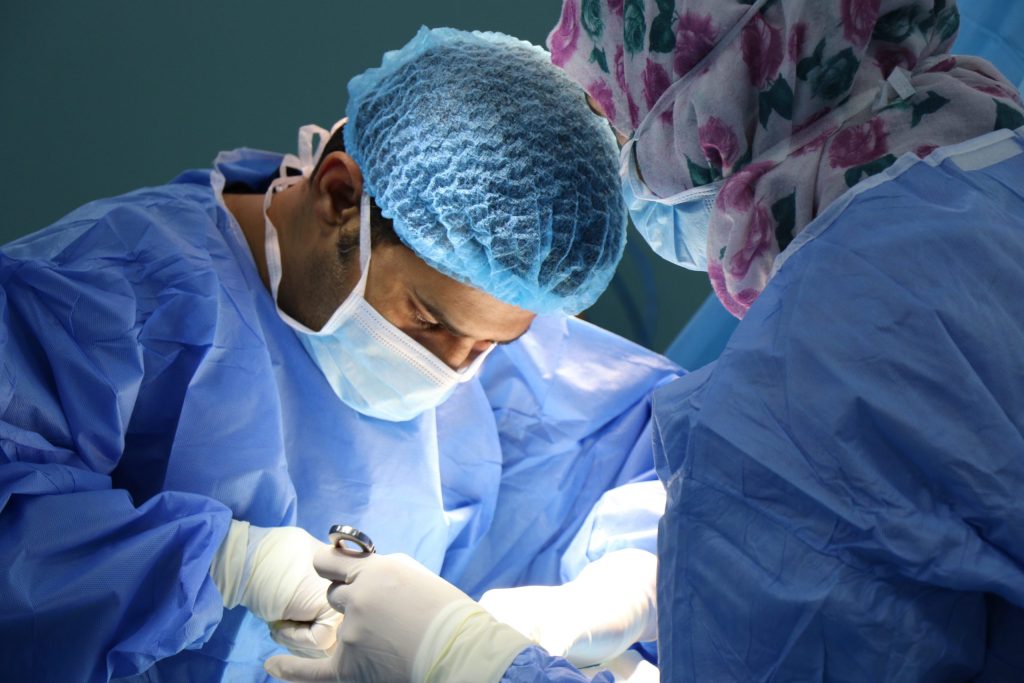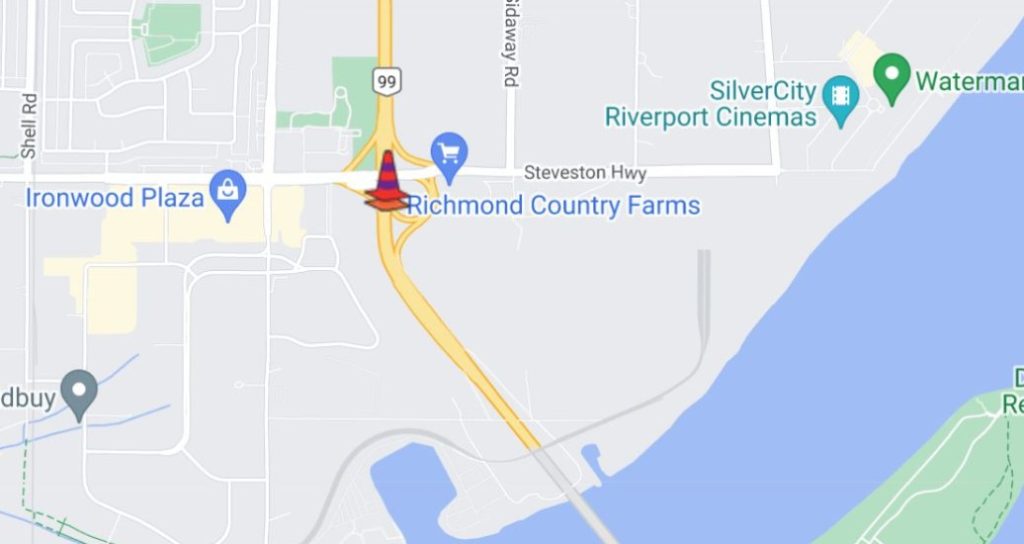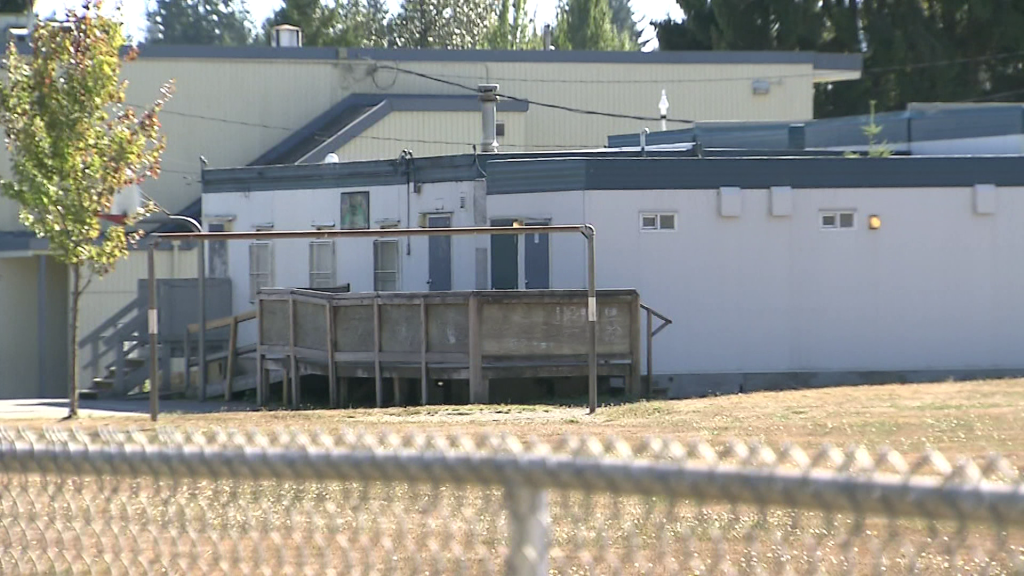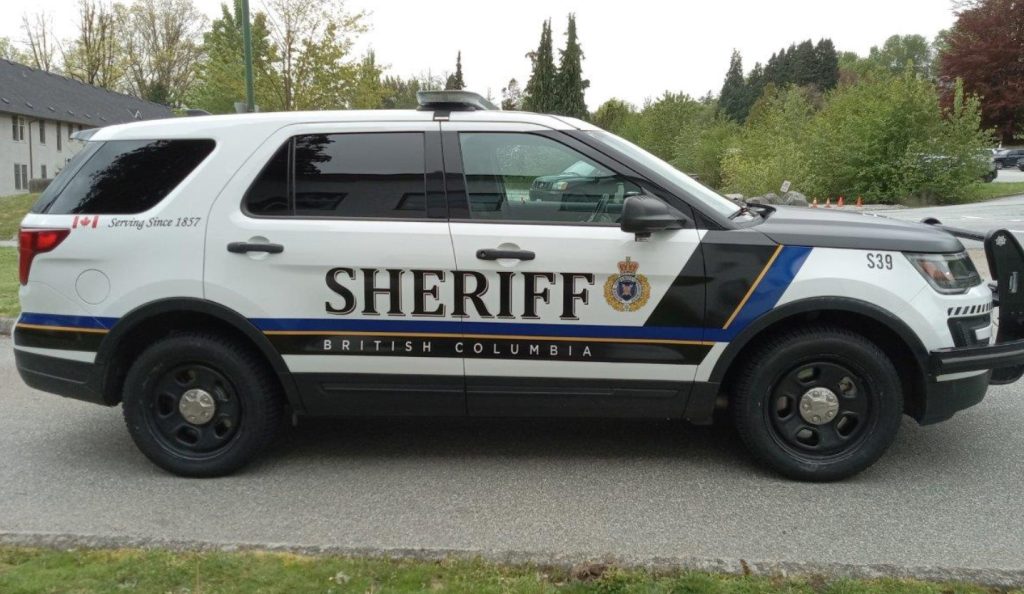Doctors of BC weighs in whether federal funding is enough to fix the health-care system

Posted February 9, 2023 7:03 am.
Last Updated February 9, 2023 7:07 am.
Doctors on the frontlines of B.C.’s healthcare system are weighing in as premiers mull the federal government’s healthcare funding package.
Ottawa is offering $196 billion over the next decade, but only $46 billion of that is new money and, if, or when it’s approved, B.C.’s cut would be about $600 million a year.
Doctors of BC President Dr. Joshua Greggain says it’s a good offer but it’s not going to solve all of the province’s healthcare problems.
“Our overall feeling is this is a pretty good start — $46 billion is more than there was before and I think the opportunity to really spend it in a way that gets what we need in this province, gets an opportunity to address the shortfalls that we currently have, is not going to solve all the problems, but it’s a good start.”
Related Articles:
-
Pierre Poilievre pledges to honour Trudeau’s health-care funding offer to premiers
-
Trudeau lays out $196B, 10-year health-care offer to premiers
-
B.C. walk-in clinic wait times among longest in Canada in 2022: report
Greggain says there are some key shortfalls facing the province’s healthcare system right now.
“Right now, we’ve been working on family practice and primary care, but there’s definitely a need in mental health and addictions, in emergency rooms and specifically pediatric emergency rooms and hospitals, and finally surgical wait lists and diagnostics.
“Undoubtedly, we could go on with more, including acute care hospitals, nursing, paramedicine… so there’s a multitude of places the money could go.”
Bottomline, Greggain stresses, the provinces can always use more money.
“We need to be looking at efficiencies, how to make things better. We need to look at how to do things differently, including technology and we need to be looking at, ‘How do we turn that money, the $46 billion, into actual people providing care?’ The money is only ever as good as what we can get people to do and train for, which is really the crisis we’re in right now,” he said.
“It’s not a money shortage, it’s a person shortage and we need to turn those dollars into actual people serving British Columbians.”
His comments come as about one million British Columbians don’t have access to a family doctor.
Greggain admits there is a caveat within the funding and thinks the money can also go toward things like hiring and retention.
“The new [physician] payment model does lift up family physicians to be paid in a sustainable way. That’s one big movement that is fundamental to our system. But you don’t have to look very far across emergency rooms that are very full because nurses aren’t available for a variety of reasons.
“You have laboratory technicians, X-ray technicians in rural communities that then compromise the ability for care to be provided and so it’s really [about] human and health resources. As much as it’s about potential infrastructures, like building spaces, it’s really around the people who provide the care in a multitude of spectrums.”
B.C.’s health minister was asked about the deal in the halls of The Legislature on Wednesday. He said he didn’t want to be negative, showing some appreciation for the proposed funding, while adding the federal government could do better.
Premiers across the country say the offer will increase the federal share of healthcare costs to 24 per cent next year, far short of the 35 per cent the provinces and territories wanted.
The premiers started pushing the prime minister for a meeting to overhaul federal health transfers three years ago, but he put it off until COVID-19 was no longer a crisis. But by 2022, the healthcare system itself was at a breaking point, with thousands of backlogged surgeries, burnt-out first responders, and understaffed emergency rooms unable to keep up with demand.
The priority funding will be $25 billion doled out through one-on-one deals still to be negotiated with each province. To get the money the provinces will have to agree to show how the funds will be used and how they’ll measure progress in those newly funded areas. The $25 billion offer can also include funding to help provinces upgrade their systems.
A separate $2 billion fund will be offered for Indigenous healthcare needs, through an agreement with Indigenous leaders.
-With files from Greg Bowman and The Canadian Press








